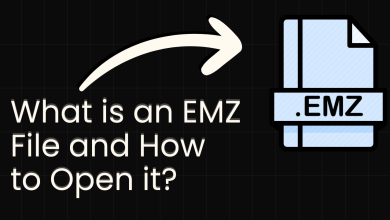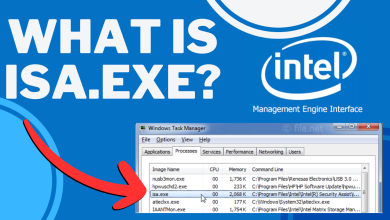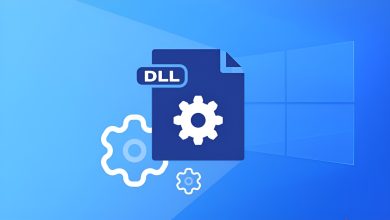What is AppVShNotify and should I Disable it?
There are different files and programs are that are legit Microsoft components but some users might find them useless or redundant. AppVShNotifyis a similar file. It utilizes a .exe extension, which indicates that it is an executable file. While these files are normally integral for the computer to function properly, they may be harmful.

Almost all the users reported that they saw the process automatically in their Processes tab in their task manager. This came to them as a surprise but as we explain later on, there is nothing to worry about until the process is originating from a system folder.
What is AppVShNotify?
AppVShNotify was created by Microsoft and is used by Microsoft Application Virtualization. The service is a Microsoft background service used only by the Application Virtualization (App-V) Client, and only when “integrating” a virtualized application. The data for the concerned application is present in a virtual application server. AppVShNotify is about 339 MB on your computer and is found in:
C:\Program Files (x86)\Microsoft Office

Is AppVShNotify Malware?
Sometimes, AppVShNotify can be disguised as malware on the system. When it is present in a folder other than the aforementioned one, AppVShNotify is most probably a malware. In this case, users will see messages on their computer like:
- Bad Image
- Application Error
- AppVShNotify could not be installed
- Failed to initialize properly
These messages indicate that AppVShNotify is unable to start so the process is terminated. You need to know the location of this file in order to fix the error. If it is not in program files of your computer, it probably is malware and you can remove it
Should AppVShNotify be Disabled?
There is no need to disable AppVShNotify since it is not harming your computer in any way. When it is present in its source, it is only 8% harmful to the computer. However, polls show that about 10% of people have deleted this file from their computer. So, you can disable it if you want to.
How to check if the File is Legit?
Now let’s discuss how you can check whether the service is legit or just another malware that infected your computer. First of all, you should check if the application is digitally signed by a legitimate source. Digital signatures verify that an application is from a verified publisher/development and in most cases, doesn’t prove to malware.
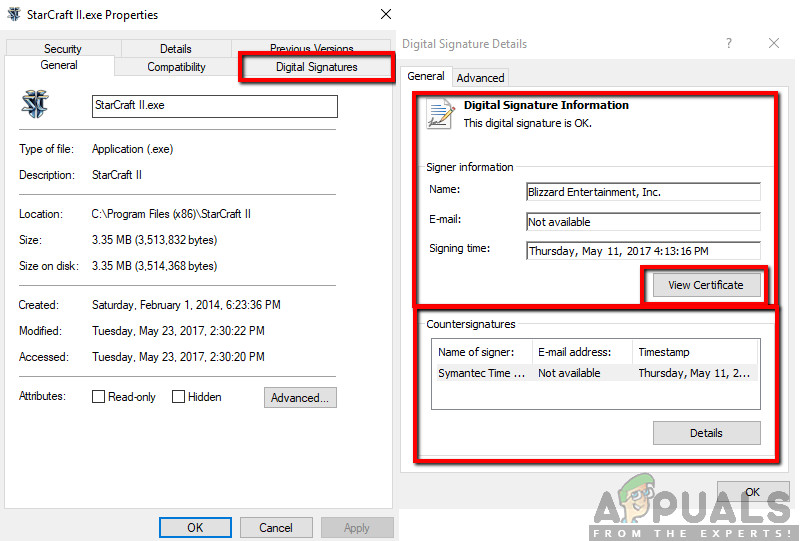
Here is an example. As you can see, the publisher of the software is unknown. Furthermore, it doesn’t have a valid program name. Most verified applications don’t provide the file name as the program name for which they are requesting access. Instead, the full program name is listed along with the publisher. Here is an example of the same process which is legit and doesn’t contain any malware.
Method 1: Uninstalling Using Application Manager
Make sure that you are logged in as an administrator on your computer before proceeding. It should be noted that if you are still using the Virtualization service, you will not be able to use it in the future. It seems that the virtualization software depends on this process to perform its operations properly, hence, it is considered a part of it. If the process is really proving to be trouble, you can go on and uninstall the virtualization software as mentioned below.
- Press Windows + R to launch the Run application, type “appwiz.cpl” in the dialogue box and press Enter.
- In the list, you will see Microsoft Application Virtualization. Right-click on it and select Uninstall.

Uninstalling Using Application Manager - Restart your computer and then check if the application is indeed erased from your computer and the service which was causing issues is gone.
Before we wind up the uninstallation process, we should make sure that there are no remains present in your computer of the service. To completely make sure that the service is eradicated, follow the steps below:
- Press Windows + R, type “regedit” in the dialogue box and press Enter to open the registry editor.
- Now, look in HKEY_LOCAL_MACHINE and search for any entries of Appshnotify or Microsoft Application Virtualization.

Deleting Appshnotify Registries
If they are indeed gone, you can rest assured that you will not be bothered anymore.
Method 2: Doing a Malware Scan
There are plenty of ways through which you can remove illegal software from your computer. There are tons of good antivirus software that do the job. You can download any software from Malwarebytes to Hitman Pro etc. Here we will use Microsoft Security Scanner to scan your computer for discrepancies and check if there is indeed any problem.
Microsoft Safety Scanner is a scan tool designed to find and remove malware from your computer. Do note that this software is not a substitute for your regular antivirus. It only runs when it is triggered but has the latest definitions upgraded. Furthermore, we recommend that you only use this software by downloading the latest version as virus definitions are updated frequently.
- Head over to Microsoft’s official website and download the Safety Scanner. Make sure you are downloading the correct version for your computer by selecting the bits.
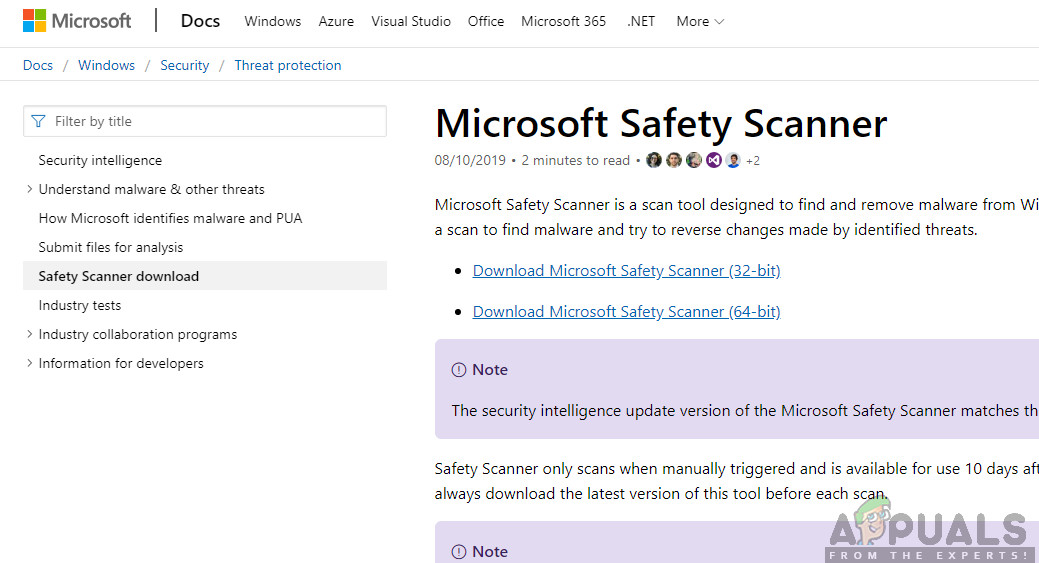
- The file will be around 120MB. Download the file to an accessible location and click on the exe file to run it.
- Wait for the scan to complete completely. If there were any threats detected, the scanner would notify you immediately.


